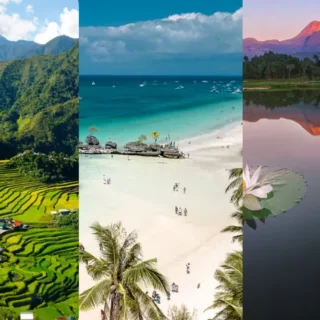YouTube and Africa’s Legacy: Lessons for the Modern World
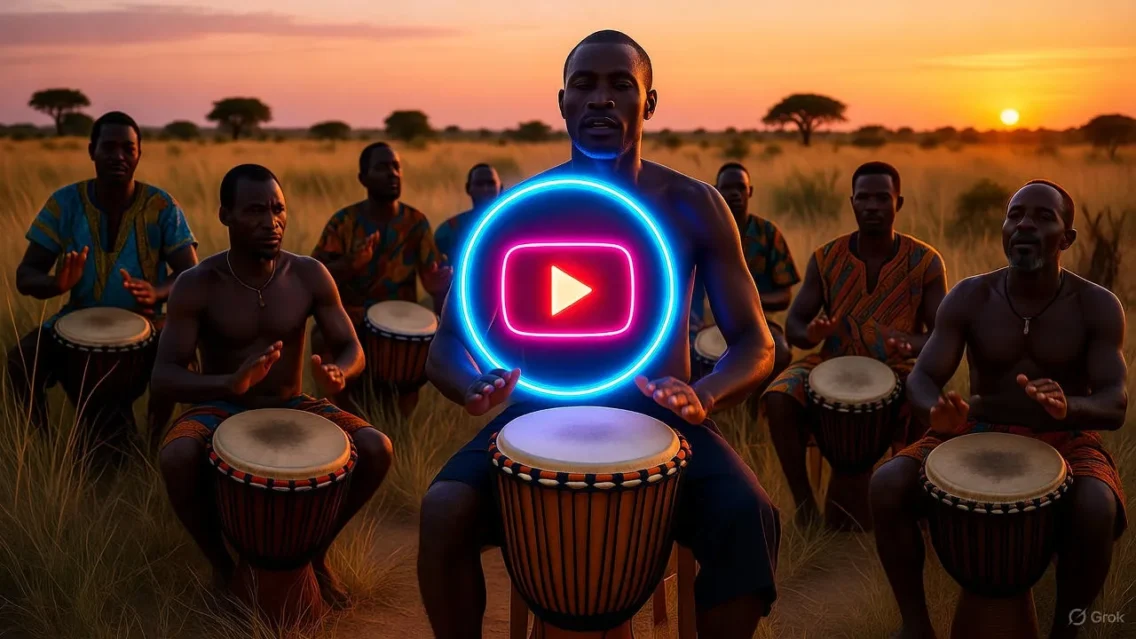
Africa Is Live, Unfiltered, and Trending
Africa doesn’t just stream on Wi-Fi; it moves to its own rhythm. From communal stories around the fire to marketplace tales, Africans have long followed an algorithm of connection, engagement, and emotion; long before YouTube existed.
Yet for decades, the world was handed a very different Africa. BBC’s Focus on Africa, France 24’s Eye on Africa, and the news bites on CNN often packaged the continent in one narrow frame: conflict, crisis, corruption. Partly true, yes…but incomplete. That lens left out the beats, the vibes, the hustle, the flavors, and the creativity bursting from every corner.
From Stereotypes to Streams: The African Youth Rewrites the Narrative
Now, African youth are flipping that script. Phones in hand, they’re vlogging Nairobi’s Matatu chaos, dancing Lagos streets, or dropping Kiswahili love stories that hook viewers from Cape Town to Copenhagen. No permission needed; they’re owning the narrative, turning “Africa rising” into a global binge. Whether you’re a creator in Zanzibar or a dreamer in Amsterdam, this is your invite to the party.
We’ll unpack how ancient storytelling fuels today’s wins, decode YouTube Shorts monetization, master the YouTube algorithm 2025, and share lessons to make your channel and life pop.
Africa: The OG Storytellers, The Ultimate Influencers
Before hashtags, there were proverbs. Before trending Shorts, there were griots. Long before “comment sections,” there were circles of listeners interrupting, questioning, and clapping during oral tales. Africa’s storytellers weren’t just performers; they were influencers, holding communities together through narratives that carried wisdom, humor, and social codes.
Think of a Ghanaian folktale about Anansi the spider. It spread across villages like wildfire, being retold, remixed, and adapted to fit each community. That was virality before electricity and Wi-Fi. It was storytelling that didn’t just entertain; it educated, bonded, and shaped culture.
YouTube, at its heart, does the same thing today. It thrives not because of technology, but because it taps into what humans have always done: telling stories that travel. Just as griots passed wisdom through stories, today’s African youth pass culture, humor, and insight through 30-second Shorts, turning tradition into currency.
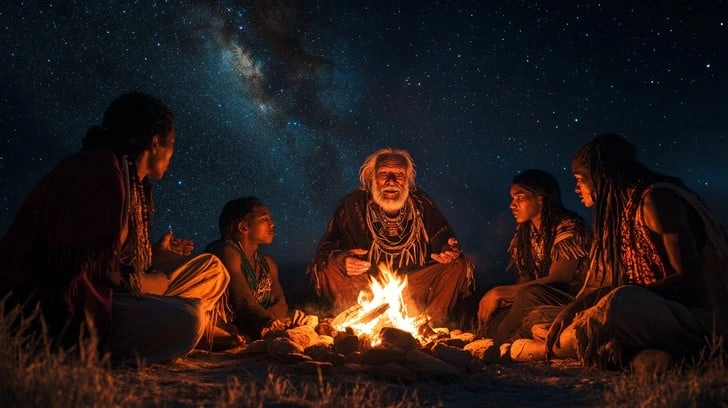
YouTube Shorts Monetization: Digital Proverbs That Pay
Shorts as the New Drumbeat
A proverb is powerful because it’s short, sharp, and unforgettable. YouTube Shorts are exactly that, digital proverbs. Africa’s storytelling DNA is built for this moment. From Accra’s dance challenges to Johannesburg’s comedy skits, these clips don’t just hook; they fly across borders, blending tradition with trends. They mirror the old proverbs: small packages, big meaning.
And now, with YouTube Shorts monetization, those 30-second bursts aren’t just culture; they’re currency. Hit 500 subs, three public uploads in 90 days, plus 3,000 watch hours or 10 million Short views, and you’re splitting 45% of ad revenue, Premium subs, and more. For African youth, this isn’t a gimmick; it’s an economic lifeline. A phone camera plus good timing can now mean school fees, studio money, or startup capital.
“Shorts last seconds, but in Africa, they echo centuries, turning vibes into paychecks for anyone, anywhere.“
The Kings and Queens of African YouTube
In a continent of 1.5 billion people, the number of influencers and creators is endless. But to give you a taste of who’s redefining culture, these are the kings and queens holding the YouTube throne right now. Two things they all have in common? They’re young, and nobody is stopping them.
Elsa Majimbo (Kenya)
It started with potato chips, oversized sunglasses, and that signature laugh. During the pandemic, Elsa Majimbo’s satirical skits went viral across Twitter, TikTok, and YouTube. Her humor was dry, effortless, and so authentically African that it cut through the noise of global content. Within months, Vogue and Fenty Beauty were calling. A girl who once filmed in her bedroom was suddenly shaping global fashion campaigns. Her breakout moment wasn’t just comedy; it was proof that relatability wins the internet.
Khaby Lame (Senegal/Italy)
No words, no script … just a look. Khaby Lame became the most-followed creator on TikTok, and his Shorts continue to dominate YouTube with billions of views. Born in Senegal and raised in Italy, Khaby took the world’s overcomplicated life hacks and dismantled them with a shrug and hand gesture. His virality moment came when his “no words needed” reactions transcended language, making him a universal star. If Africa has always been about rhythm, Khaby showed the world that silence can be just as loud.
The Ghetto Kids (Uganda)
They pulled up in Times Square and didn’t need billboards, flashy outfits, or million-dollar budgets. Just rhythm, joy, and Ugandan pride. Their viral dance video lit up the internet within hours, flipping the script: Times Square wasn’t the star of the show; Africa was. From performing with French Montana to wowing Simon Cowell on Britain’s Got Talent, the Ghetto Kids turned local street moves into global currency. Their secret? Dance isn’t content; it’s a universal language.
These aren’t isolated stories; they’re sparks in a larger wildfire. African YouTubers are proving that virality doesn’t live in Silicon Valley; it thrives in Nairobi’s matatus, Abuja’s food stalls, Johannesburg’s dance halls, and Kampala’s streets. From humor to hustle, from beauty to beats, Africa is creating its own genre of global content.
Struggles Behind the Spotlight: The Unseen Hurdles of African Creators
For every viral dance challenge, comedy skit, or street food vlog that racks up millions of views, there’s a story you don’t see: creators battling electricity blackouts, internet bills that swallow half their budget, or the endless “your payment can’t be processed” error when trying to cash out AdSense. Africa’s digital boom is real, but it’s built on resilience as much as creativity.
Monetization: The Earnings Paradox
Here’s the uncomfortable truth: 1,000 views in Lagos doesn’t pay the same as 1,000 views in Los Angeles. In 2025, YouTube CPM (cost per thousand views) rates in Africa still trail far behind Western markets. South Africa sits on the higher end with around $10.00 CPM, but creators in Nigeria ($2.50) and Kenya ($3.20) often earn just a fraction of what U.S. creators pull in for the same views.
And that’s just the start. Setting up monetization means navigating shaky financial infrastructure. Unsupported banks, foreign currency shortages, and confusing tax requirements all make withdrawing earnings a headache. One Kenyan vlogger joked on Twitter:
“Getting 1M views is easier than getting Google AdSense to actually send my money.”
Meanwhile, Shorts revenue, where creators split 45% of ad income plus Premium subscription payouts, sounds exciting, but with Africa’s CPM gap, many still see cents where Western creators pocket dollars.
Cultural Appropriation: When Creativity Gets Stolen
African creativity travels fast, but credit doesn’t always follow. Remember the viral “Renegade” dance? It blew up on TikTok, but its Black teenage creator, Jalaiah Harmon, barely got recognition until journalists exposed the oversight.
Closer to home, Ugandan dance crews like the Ghetto Kids have built fame through raw, street-smart choreography, but countless “inspired” versions often trend without a single shoutout to the originators. Back in 2021, Black TikTok creators even staged a strike, refusing to choreograph new dances after seeing their moves repeatedly copied without credit.
It’s a reminder: virality without recognition isn’t just unfair; it’s theft dressed up as “inspiration.”
Infrastructure Gaps: The Digital Divide
Want to feel a creator’s pain? Ask a Lagos YouTuber what it’s like to upload a 10-minute 4K video on 3G during a rainy season power outage. One replied in an interview with Quartz Africa:
“Sometimes, by the time the video finally uploads, the trend is already dead.”
That’s the reality of the digital divide. By 2020, only 28% of Sub-Saharan Africa’s population had internet access. Yes, Africa added 75% of the world’s new mobile internet users by 2024, but connection doesn’t equal quality. Many still battle expensive data bundles, unreliable broadband, and regular city-wide blackouts.
Societal Perceptions: From “Get a Real Job” to Global Careers
For years, “respectable careers” in African households meant doctor, engineer, lawyer, or pilot. Content creator? That was just code for “unemployed with Wi-Fi.”
But things are changing. As Elsa Majimbo went from laughing at potato chips in her Nairobi bedroom to partnering with Valentino and Vogue, parents started realizing this isn’t just “playing on the internet.” As Khaby Lame racked up billions of silent laughs, he didn’t just become the second most-followed TikToker on Earth; he became proof that relatability can outshine Hollywood-level production. Slowly, families are moving from “when will you get a real job?” to “so when will you hit 1 million subscribers?”
Punchline: Africa’s creators don’t just fight to be seen; they fight to stay online, to get paid, and to be respected. And the fact that they still break through? That’s why every viral video here feels less like luck and more like defiance.
Despite the hurdles of connectivity and payment, African creators thrive by mastering not just content, but how the YouTube algorithm rewards authentic engagement.
The YouTube Algorithm 2025: where African stories outsmart the system
Numbers Talk, Stories Sing
The YouTube algorithm 2025 is smarter than ever. It looks at watch time, comments, likes, replays, and shares. But the truth? Numbers alone can’t fully explain why some videos explode. The secret is the same one griots knew centuries ago: stories make people stay. Africa’s creators don’t just film; they narrate. They turn a boda boda ride into an adventure, a cooking video into a family memory, a street prank into a community laugh. That’s why they thrive. Authentic engagement is the real magnet, and storytelling creates it naturally.

A Smarter Algorithm
In 2025, YouTube has shifted from a pure metrics-driven system to one that prioritizes personalized engagement and satisfaction. Your videos aren’t simply broadcast to everyone; they move strategically in layers. First, they reach your core fans, aka the “Day-Ones,” who watch nearly everything you post. Then, they trickle out to occasional viewers, fans of related topics, and finally, broader audiences whose interests are tangentially connected. This step-by-step layering ensures that content spreads only as far as it resonates, keeping viewers engaged longer.
The algorithm evaluates watch time, CTR (Click-Through Rate), shares, comments, and even survey feedback to measure user satisfaction. AI labels assess tone, delivery, style, and production quality, matching videos to viewers whose preferences and behaviors align with the content. Mobile-first viewers are judged as carefully as desktop audiences, making the first 10 seconds, the visual hook, critical to success.
Adaptation as Legacy
African stories have never been static. Folktales were retold differently in every village, adapting to the audience. Today’s creators do the same: remix trends, adapt content, and make the global local. This aligns perfectly with how YouTube matches videos to users based on past viewing habits, related topics, and comparable material. Each upload becomes a chance to satisfy and delight, boosting algorithmic favor.
Why Africa Has an Edge
While some creators obsess over “hacking” the algorithm, African creators are already fluent in the oldest trick in the book: make people feel. You can’t game that. Stories, laughter, and shared culture are timeless signals that AI and engagement metrics still reward. As one YouTube guide puts it, for the algorithm to recommend your video, it doesn’t just track metrics; it tracks human satisfaction. From Day-ones to the final push, content that resonates emotionally has a higher chance of traveling farther. “The algorithm may be math, but Africa knows: vibes are the real formula.”
Understanding the algorithm is one thing, but timing uploads according to Africa’s cultural rhythm can make all the difference between being seen and being skipped.
Best Time to Post on YouTube: Learning From Africa’s Rhythm
Timing Is Culture
In Africa, timing has always been an art. Drums called villagers to gather. Markets peaked mid-morning. Weddings started at dawn. Stories flowed best by moonlight. Timing wasn’t just about efficiency; it made the moment unforgettable.
Posting in 2025
Globally, data shows the best time to post is evenings and weekends. But African creators know cultural rhythm beats analytics. Drop a comedy skit on Friday night, and it becomes weekend fuel. Upload a gospel Short on Sunday morning, and you ride the wave of worship. Posting late? That’s like arriving at a Nigerian wedding after the jollof is gone … Tragic.
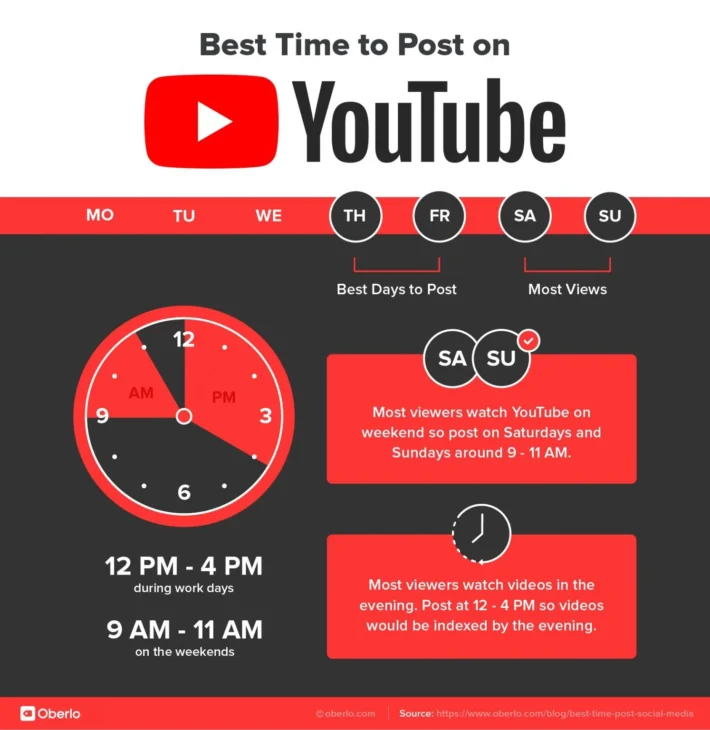
Lessons for the Modern World & Creator Advice
The world can learn plenty from Africa’s YouTube journey. Community always comes first, creators rise together, not alone. In Kampala or Nairobi, dance crews and comedy duos thrive because collaboration multiplies reach. Consistency also beats perfection. Elsa Majimbo’s scrappy bedroom videos turned into global brand deals, proving audiences value authenticity over expensive gear.
And Khaby Lame showed that silence can speak louder than any statistic; his universal gestures connected across cultures without a word. The Ugandan Ghetto Kids remind us that local flavor travels farthest; they went viral not by imitating trends but by dancing their own truth.
These lessons ripple worldwide. Brazilian YouTubers remix African beats for carnival Shorts, Indian creators lean into lo-fi humor that echoes Majimbo’s style, and U.S. influencers adapt African dance challenges for TikTok and Instagram. Africa isn’t following global trends; it’s setting them.
For today’s creators, the formula is simple: hook viewers in the first 10 seconds, remix global trends with your own culture, post consistently, and engage with your audience like family. Even timing matters; sync uploads with your community’s rhythm, not just a global chart.
From Drumbeats to Data Beats
Africa isn’t just on YouTube; it’s reshaping it. Shorts monetization is fueling new voices, the 2025 algorithm rewards authenticity, and cultural timing keeps content alive. From griots around the fire to vloggers with ring lights, the message endures: tell it well, tell it true, tell it together.
The algorithm may run on code, but Africa runs on vibes. And vibes always trend. So here’s a challenge: film a 15-second Short inspired by African storytelling, add rhythm, humor, or community, and watch how far it travels.
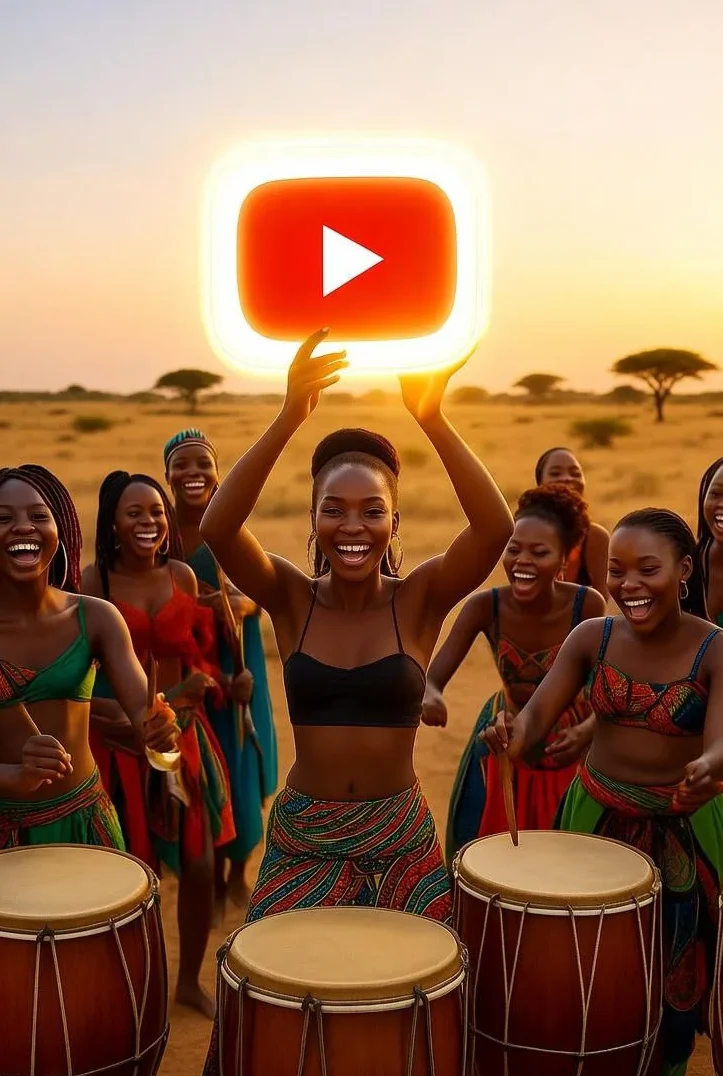
FAQs
Do I need expensive equipment to start creating Shorts on YouTube?
No! Many viral creators start with just a smartphone. What matters more is storytelling, engagement, and creativity. Authentic content often outperforms high-budget production.
Can non-African creators successfully use African-inspired trends?
Absolutely. Many creators worldwide remix African beats, dance challenges, or humor styles while adding their own cultural twist. Respectful adaptation and originality are key.
How do I measure if my YouTube content is resonating with viewers?
Beyond views, track watch time, comments, shares, and return visits. Pay attention to audience retention graphs and feedback; these are better indicators of real engagement than raw numbers.
